Outreach vs. SalesLoft: A Comprehensive Review
To help you make the right decision for your specific needs, this Outreach vs. SalesLoft comparison will stack up the two platforms and give you an overview of their:
- Notable capabilities
- Integrations and compatibility
- User experience and platform intuitiveness
- Benefit-to-cost ratio
After that, you’ll learn about an alternative asset that can help your growth team centralize, adapt, and automate your outbound campaign.
What Went Into Making This Review?
In order to offer an objective and comprehensive comparison of Outreach and SalesLoft, the Clay team conducted thorough research, tested both tools, and referred to numerous user experiences. Here are some details on the approach we took in making this review:
- We examined each platform’s features, capabilities, and practical application. Then, to better understand their positioning on the market, we’ve considered their evaluations on G2 and Gartner’s Magic Quadrant
- We’ve also employed our network of industry experts and influencers in order to gather their valuable insights and opinions on the strengths and weaknesses of both platforms
- For a truly unbiased review, we’ve surveyed a community of over 6000 sales and marketing professionals and gathered their first-hand feedback
Overview of SalesLoft vs. Outreach
Outreach is a tool that helps sales teams automate outreach campaigns and reach prospects with personalized messages. The platform offers features that can help sales reps build pipelines that help predictably close more deals and track deal progress. It provides valuable deal insights and follows sales throughout their life cycle.
Like Outreach, SalesLoft is another useful sales engagement tool for outreach campaign automation.
The platform helps teams automate their processes, allowing them to connect with prospects in bulk while preserving a sense of personalized communication. It also helps with tasks like email sequencing, call logging, and follow-up reminders and offers features like customizable email templates and cadences to tailor the outreach to each individual prospect.
Let’s cover all essential aspects and go over their strengths and limitations!
Features Comparison
Outreach and SalesLoft offer a wide range of features designed to streamline outbound as well as inbound marketing and automate lead sequencing and cadence.
In order to give you a better idea of which solution offers better value for money, this section will compare the two platforms across three key areas: sales engagement and deals management, insight and forecasting, and emailing features.
Before getting into a detailed comparison, here’s a quick table overview of some distinguishing functionalities and key points of both solutions:
Sales Engagement and Deals Management
Outreach’s capabilities focus heavily on communication and building relationships with prospects. The platform has a number of sales engagement capabilities designed to help reps build pipelines using templates, tasks, and snippets that can be customized for different stages of the customer journey. One of the most interesting features available with both platforms is OOO detection, which lets you temporarily cease sequence while the prospect is away.
Outreach doesn’t disappoint when it comes to deal management capabilities, either. You can inspect deal progress through a deal grid that lets you access a visual timeline of the prospects' activities, like calls, emails, and meetings.
Similarly, SalesLoft may help build pipelines through predictability in different stages of the sales life cycle. The platform has some solid workflow-building capabilities, which let you create predefined campaigns across different communication channels like social media networks, emails, and calls.
SalesLoft’s AI-powered feature, Rhythm, gathers data on buyer activities and automatically creates actionable tasks for the sales team members. The feature lets you prioritize tasks based on predictions for the best pipeline-building process. Depending on the accuracy of the AI model, this feature may help teams close more deals.
Winner: It’s a tie 🏅

Source: SalesLoft screenshot
Insights and Forecasting
With slightly more customers, Outreach’s machine-learning capabilities could be more accurate than SalesLoft’s. The AI-powered system can help recognize potential deal risks early on in the campaign and recommend some actions you can take to avoid them. To save time, you can leverage the platform’s AI-driven insights that draw a line between active opportunities and previous deals. You get a clear overview of each deal’s health score ranging from 0 to 100, and based on suggested actions, you can adjust your processes to increase the chance of retaining the deal.
Outreach also offers a number of forecasting features that may help teams identify potential opportunities, set realistic targets, and get an overview of previous forecast insights.
SalesLoft somewhat matches Outreach when it comes to AI-driven decision-making. It lets you track week-to-week changes, enabling sales reps to better grasp the deal’s health and position in the sale’s life cycle. The forecast dashboard is pretty intuitive and recommends actions you can take to avoid some predictable deal risks.
Winner: Outreach 🏆

Source: Outreach screenshot
Email Features
Besides cadence pause in case of OOO detection, Outreach has a few more personalization options that may give it a slight edge compared to SalesLoft. The platform lets users create customized prospect profiles, adding information like their:
- Personal and contact information
- Job details like title, occupation, and start date
- Account details like the company name, industry, and social profile
- Any notes regarding the prospect that may be useful to the sales team
Each profile panel contains an overview of the prospect’s journey, sequence stats, and quick access options like booking a meeting. These prospect profiles also help personalize emails when using the platform’s Bulk Compose feature—a one-time email delivery that lets users add multiple prospects to the email list.
The feature that both platforms share is email templates. SalesLoft lets users create personal and team templates, which are visible to all reps. The dedicated template tags allow for easier categorization according to specific prospect groups, while the search function lets users easily browse through the list. What’s especially interesting about this feature are the insight metrics users get for each template, which gather information about the number of sends, clicks, and replies.
Comparatively, Outreach’s template setup may feel more basic and require more manual input from the sales team. That said, users often report email formatting issues with SalesLoft, which can seriously damage email deliverability if left unchecked.
Winner: It’s a tie 🏅
Integration and Scalability
Customer Relationship Management (CRM) software integration is something these tools have in common. You can connect and sync all lead data to your company’s CRM of choice, provided it’s supported by the platform. For a quick overview of Outreach’s and SalesLoft’s respective compatibilities, check out the table below:
While Outreach offers more integrations compared to SalesLoft, its implementation is not without flaws. The platform boasts bi-directional syncing used to send data to and from CRM every 10 minutes, but the actual user experience may paint a different story. Many users reported unreliable, duplicate, or inaccurate data syncing, which can ultimately lead to irretrievably damaged email deliverability.
To add to that, Outreach doesn’t natively integrate with Google Sheets, which may be a considerable downside for sales reps who like to use it to manage pipelines or visualize forecasts. Such users would have to use a third-party app to connect the tools. The platform makes up for this shortcoming with its Gmail, Google Calendar, and Google Maps integrations.
Similarly, SalesLoft lacks other valuable native compatibilities, with Salesforce being its primary CRM. Some users also experience poor implementation and report bugs and difficulties uploading leads.
Still, the platform offers non-CRM integrations as well, with a total of 180 partners. Perhaps the most noteworthy ones are the Rhythm-automated sales engagement apps, including G2, Showpad, Highspot, and LeanData. While Outreach also connects with these apps, SalesLoft’s AI-driven automation gives it a unique twist. It helps reps convert buyer intent and engagement signals to actions that ensure focus on the right prospects and improve the likelihood of closing a deal.
When it comes to cross-platform compatibility, Outreach falls far behind SalesLoft. The platform lacks both Android and iOS apps, making it less suitable for sales reps on the go.
Winner: It’s a tie 🏅
Pricing
Outreach and SalesLoft are both paid services, though neither publicly display their prices. While no accurate data is available online, some users report considerably steep pricing structures, with Outreach summing up to about $3,000 a year per user and SalesLoft coming up to a third of that price for around $1,000 a year per user.
That said, Outreach offers four plans to choose from, including Standard, Professional, Enterprise, and Unlimited. Consult the table below for an overview of the scope of each plan:
SalesLoft distinguishes between three paid subscriptions, including Essentials, Advanced, and Premium. Refer to the table below for an overview of the feature bundles users can expect with each subscription:
While neither platform offers a free trial, users can request a live SalesLoft demo to get a better idea of how its technology works and what the platform offers.
Winner: SalesLoft 🏆
User Experience and Support
With Outreach’s extensive feature functionality comes a steep learning curve—at least that’s one of the most common user complaints. Mastering the tool and all of its features does require some technical knowledge, so sales teams should expect to invest some time and effort into training reps who will be responsible for using it. The platform offers some helpful resources, like:
- Reports and guides
- Webinars and videos
- Support center
Still, many users have difficulties onboarding and adjusting as the platform lacks live training guides. This is where SalesLoft takes the lead with its weekly live Fast-Start training webinars. For users who can’t attend the live training, SalesLoft has a library of customer webinar recordings with tips, strategies, and best practices.
While easier to grasp than Outreach, SalesLoft requires tech-savyness as well. The platform is fairly intuitive when it comes to the main functionalities, like automating cadences and tracking metrics. The less essential features, however, are not as user-friendly.
Winner: SalesLoft 🏆
The Verdict: How to Choose the Best Option
As popular sales engagement platforms, Outreach and SalesLoft share many similarities—email automation, OOO detection, and useful AI-driven insight and analytics, among other things. Distinguishing between these platforms’ advantages is difficult, even when considering ratings and user reviews. Their G2 ratings are nearly identical, and they hold similar positions in the Gartner Magic Quadrant for sales engagement. You’ll have to make the final decision based on how you’ll interact with the tools.
Depending on your team's specific needs and budget, you should consider both platforms’ feature functionality, scalability, and integrations. To do so, answer these five key questions:
- What CRM are you using in conjunction with SalesLoft/Outreach?
- How many reps do you have?
- How sophisticated is your sales organization?
- What tool are you moving from?
- How much are you willing to pay per user on your account?
Note that whichever outbound engagement tool you choose, the key to a successful email campaign is a high-quality lead list and highly targeted messaging. While skilled sales reps can achieve this, doing so at scale is next to impossible. The reality is—not every team member can consistently secure deals, and even if they could, manual prospecting proves to be neither cost-effective nor time-efficient.
Why Manual Outbound Campaigns Aren’t Effective
The energy required to research each prospect and the inefficiencies of manual data entry can result in wasted time on unqualified accounts, tedious personalization efforts, and inaccurate data. To add to that, relying on a manual outbound process requires a larger team of sales reps, leading to higher investments for comparatively lower results.
This traditional approach could never measure up to automated and AI-driven processes that enable highly successful prospecting and personalization at scale. To get the most out of your campaign, your team needs a tool that can:
- Eliminate manual labor
- Extract valuable prospects from various data providers
If you need an affordable, data-rich, well-integrated, easy-to-use, and centralized solution, your best bet is Clay! 🥇
Clay is a powerful data provider that integrates with both Outreach and SalesLoft, among many other tools, which means you don’t have to limit your team to a single set of functionalities. By incorporating Clay into your outbound strategy, you first build a solid base with a highly qualified list before delivering well-written and personalized emails at scale.
Transform Your Data Enrichment Strategy With Clay
Clay is a powerful platform designed to simplify data collection, data enrichment, and outbound automation for businesses of all sizes. It offers a modern approach to personalized outbound campaigns, which is set to revolutionize the industry.
One of the most significant advantages of Clay is its high level of process automation powered by a vast number of data sources. This workflow automation significantly saves both the time and effort of business development reps and produces considerable results. To do so, the platform leverages the following:
- Data providers—Clay integrates with more than 50 data providers, offering unmatched lead and prospect accuracy. This broad data network eliminates the need for manual account research and automates the prospecting process
- AI enrichment—Use GPT4 to summarize insights, qualify leads, and train the AI to target your leads with more precision. Effectively, this allows you to lean on AI-driven targeting at scale and avoid tedious and time-consuming manual outreach
- Waterfall enrichment—Maximize your coverage of contact information and search sequentially across multiple providers. By doing so, you reduce the risk of sequencing prospects with inaccurate email and phone data to a minimum, which, in turn, reduces bounce rates and wasted time
- Claygent AI web scraper—Save time and let Clay’s advanced AI scrape any corner of the internet, ruling out manual prospecting. Instead of investing valuable time in digging data from popular websites and social networking platforms, leverage Clay’s automatic scraping and enrich prospects accurately
- Email messaging—Combine Clay’s numerous integrations with the smart Claygent to craft highly personal emails tailored for each prospect and convey the desired message at scale. This will not only increase deliverability, but ensure a better conversion rate
Tip: To set up your integrations without struggle, watch this demo video for a quick walkthrough
Clay offers more than 100 integrations, fueling the development of extensive lists of leads. With Clay, businesses can access all the data they need in one place, making it easier to manage and analyze their outreach campaigns.
Another commendable aspect of the platform is its pricing transparency. Clay offers five affordable plans, all providing unlimited users, making it accessible to businesses of all sizes. Consult the table below to get an overview of each plan:
Whether you are a small startup or a large enterprise, Clay is the perfect solution for businesses looking to streamline their outreach campaigns and improve their conversion rates.
Sign Up for Clay—Your All-in-One Solution for Data Enrichment and Outbound Automation
All users get a 14-day free trial to test out the entirety of the features available with the Pro plan. You don’t even need to leave your credit card info—all you have to do is:
- Open Clay’s signup page
- Enter your name, email, and password
- Explore Clay’s feature-packed platform
If you’re curious about Clay’s various capabilities, you can check out the platform’s Learn hub, sign up for the nifty newsletter, or join Clay’s Slack community!
Outreach vs. SalesLoft: A Comprehensive Review
To help you make the right decision for your specific needs, this Outreach vs. SalesLoft comparison will stack up the two platforms and give you an overview of their:
- Notable capabilities
- Integrations and compatibility
- User experience and platform intuitiveness
- Benefit-to-cost ratio
After that, you’ll learn about an alternative asset that can help your growth team centralize, adapt, and automate your outbound campaign.
What Went Into Making This Review?
In order to offer an objective and comprehensive comparison of Outreach and SalesLoft, the Clay team conducted thorough research, tested both tools, and referred to numerous user experiences. Here are some details on the approach we took in making this review:
- We examined each platform’s features, capabilities, and practical application. Then, to better understand their positioning on the market, we’ve considered their evaluations on G2 and Gartner’s Magic Quadrant
- We’ve also employed our network of industry experts and influencers in order to gather their valuable insights and opinions on the strengths and weaknesses of both platforms
- For a truly unbiased review, we’ve surveyed a community of over 6000 sales and marketing professionals and gathered their first-hand feedback
Overview of SalesLoft vs. Outreach
Outreach is a tool that helps sales teams automate outreach campaigns and reach prospects with personalized messages. The platform offers features that can help sales reps build pipelines that help predictably close more deals and track deal progress. It provides valuable deal insights and follows sales throughout their life cycle.
Like Outreach, SalesLoft is another useful sales engagement tool for outreach campaign automation.
The platform helps teams automate their processes, allowing them to connect with prospects in bulk while preserving a sense of personalized communication. It also helps with tasks like email sequencing, call logging, and follow-up reminders and offers features like customizable email templates and cadences to tailor the outreach to each individual prospect.
Let’s cover all essential aspects and go over their strengths and limitations!
Features Comparison
Outreach and SalesLoft offer a wide range of features designed to streamline outbound as well as inbound marketing and automate lead sequencing and cadence.
In order to give you a better idea of which solution offers better value for money, this section will compare the two platforms across three key areas: sales engagement and deals management, insight and forecasting, and emailing features.
Before getting into a detailed comparison, here’s a quick table overview of some distinguishing functionalities and key points of both solutions:
Sales Engagement and Deals Management
Outreach’s capabilities focus heavily on communication and building relationships with prospects. The platform has a number of sales engagement capabilities designed to help reps build pipelines using templates, tasks, and snippets that can be customized for different stages of the customer journey. One of the most interesting features available with both platforms is OOO detection, which lets you temporarily cease sequence while the prospect is away.
Outreach doesn’t disappoint when it comes to deal management capabilities, either. You can inspect deal progress through a deal grid that lets you access a visual timeline of the prospects' activities, like calls, emails, and meetings.
Similarly, SalesLoft may help build pipelines through predictability in different stages of the sales life cycle. The platform has some solid workflow-building capabilities, which let you create predefined campaigns across different communication channels like social media networks, emails, and calls.
SalesLoft’s AI-powered feature, Rhythm, gathers data on buyer activities and automatically creates actionable tasks for the sales team members. The feature lets you prioritize tasks based on predictions for the best pipeline-building process. Depending on the accuracy of the AI model, this feature may help teams close more deals.
Winner: It’s a tie 🏅

Source: SalesLoft screenshot
Insights and Forecasting
With slightly more customers, Outreach’s machine-learning capabilities could be more accurate than SalesLoft’s. The AI-powered system can help recognize potential deal risks early on in the campaign and recommend some actions you can take to avoid them. To save time, you can leverage the platform’s AI-driven insights that draw a line between active opportunities and previous deals. You get a clear overview of each deal’s health score ranging from 0 to 100, and based on suggested actions, you can adjust your processes to increase the chance of retaining the deal.
Outreach also offers a number of forecasting features that may help teams identify potential opportunities, set realistic targets, and get an overview of previous forecast insights.
SalesLoft somewhat matches Outreach when it comes to AI-driven decision-making. It lets you track week-to-week changes, enabling sales reps to better grasp the deal’s health and position in the sale’s life cycle. The forecast dashboard is pretty intuitive and recommends actions you can take to avoid some predictable deal risks.
Winner: Outreach 🏆

Source: Outreach screenshot
Email Features
Besides cadence pause in case of OOO detection, Outreach has a few more personalization options that may give it a slight edge compared to SalesLoft. The platform lets users create customized prospect profiles, adding information like their:
- Personal and contact information
- Job details like title, occupation, and start date
- Account details like the company name, industry, and social profile
- Any notes regarding the prospect that may be useful to the sales team
Each profile panel contains an overview of the prospect’s journey, sequence stats, and quick access options like booking a meeting. These prospect profiles also help personalize emails when using the platform’s Bulk Compose feature—a one-time email delivery that lets users add multiple prospects to the email list.
The feature that both platforms share is email templates. SalesLoft lets users create personal and team templates, which are visible to all reps. The dedicated template tags allow for easier categorization according to specific prospect groups, while the search function lets users easily browse through the list. What’s especially interesting about this feature are the insight metrics users get for each template, which gather information about the number of sends, clicks, and replies.
Comparatively, Outreach’s template setup may feel more basic and require more manual input from the sales team. That said, users often report email formatting issues with SalesLoft, which can seriously damage email deliverability if left unchecked.
Winner: It’s a tie 🏅
Integration and Scalability
Customer Relationship Management (CRM) software integration is something these tools have in common. You can connect and sync all lead data to your company’s CRM of choice, provided it’s supported by the platform. For a quick overview of Outreach’s and SalesLoft’s respective compatibilities, check out the table below:
While Outreach offers more integrations compared to SalesLoft, its implementation is not without flaws. The platform boasts bi-directional syncing used to send data to and from CRM every 10 minutes, but the actual user experience may paint a different story. Many users reported unreliable, duplicate, or inaccurate data syncing, which can ultimately lead to irretrievably damaged email deliverability.
To add to that, Outreach doesn’t natively integrate with Google Sheets, which may be a considerable downside for sales reps who like to use it to manage pipelines or visualize forecasts. Such users would have to use a third-party app to connect the tools. The platform makes up for this shortcoming with its Gmail, Google Calendar, and Google Maps integrations.
Similarly, SalesLoft lacks other valuable native compatibilities, with Salesforce being its primary CRM. Some users also experience poor implementation and report bugs and difficulties uploading leads.
Still, the platform offers non-CRM integrations as well, with a total of 180 partners. Perhaps the most noteworthy ones are the Rhythm-automated sales engagement apps, including G2, Showpad, Highspot, and LeanData. While Outreach also connects with these apps, SalesLoft’s AI-driven automation gives it a unique twist. It helps reps convert buyer intent and engagement signals to actions that ensure focus on the right prospects and improve the likelihood of closing a deal.
When it comes to cross-platform compatibility, Outreach falls far behind SalesLoft. The platform lacks both Android and iOS apps, making it less suitable for sales reps on the go.
Winner: It’s a tie 🏅
Pricing
Outreach and SalesLoft are both paid services, though neither publicly display their prices. While no accurate data is available online, some users report considerably steep pricing structures, with Outreach summing up to about $3,000 a year per user and SalesLoft coming up to a third of that price for around $1,000 a year per user.
That said, Outreach offers four plans to choose from, including Standard, Professional, Enterprise, and Unlimited. Consult the table below for an overview of the scope of each plan:
SalesLoft distinguishes between three paid subscriptions, including Essentials, Advanced, and Premium. Refer to the table below for an overview of the feature bundles users can expect with each subscription:
While neither platform offers a free trial, users can request a live SalesLoft demo to get a better idea of how its technology works and what the platform offers.
Winner: SalesLoft 🏆
User Experience and Support
With Outreach’s extensive feature functionality comes a steep learning curve—at least that’s one of the most common user complaints. Mastering the tool and all of its features does require some technical knowledge, so sales teams should expect to invest some time and effort into training reps who will be responsible for using it. The platform offers some helpful resources, like:
- Reports and guides
- Webinars and videos
- Support center
Still, many users have difficulties onboarding and adjusting as the platform lacks live training guides. This is where SalesLoft takes the lead with its weekly live Fast-Start training webinars. For users who can’t attend the live training, SalesLoft has a library of customer webinar recordings with tips, strategies, and best practices.
While easier to grasp than Outreach, SalesLoft requires tech-savyness as well. The platform is fairly intuitive when it comes to the main functionalities, like automating cadences and tracking metrics. The less essential features, however, are not as user-friendly.
Winner: SalesLoft 🏆
The Verdict: How to Choose the Best Option
As popular sales engagement platforms, Outreach and SalesLoft share many similarities—email automation, OOO detection, and useful AI-driven insight and analytics, among other things. Distinguishing between these platforms’ advantages is difficult, even when considering ratings and user reviews. Their G2 ratings are nearly identical, and they hold similar positions in the Gartner Magic Quadrant for sales engagement. You’ll have to make the final decision based on how you’ll interact with the tools.
Depending on your team's specific needs and budget, you should consider both platforms’ feature functionality, scalability, and integrations. To do so, answer these five key questions:
- What CRM are you using in conjunction with SalesLoft/Outreach?
- How many reps do you have?
- How sophisticated is your sales organization?
- What tool are you moving from?
- How much are you willing to pay per user on your account?
Note that whichever outbound engagement tool you choose, the key to a successful email campaign is a high-quality lead list and highly targeted messaging. While skilled sales reps can achieve this, doing so at scale is next to impossible. The reality is—not every team member can consistently secure deals, and even if they could, manual prospecting proves to be neither cost-effective nor time-efficient.
Why Manual Outbound Campaigns Aren’t Effective
The energy required to research each prospect and the inefficiencies of manual data entry can result in wasted time on unqualified accounts, tedious personalization efforts, and inaccurate data. To add to that, relying on a manual outbound process requires a larger team of sales reps, leading to higher investments for comparatively lower results.
This traditional approach could never measure up to automated and AI-driven processes that enable highly successful prospecting and personalization at scale. To get the most out of your campaign, your team needs a tool that can:
- Eliminate manual labor
- Extract valuable prospects from various data providers
If you need an affordable, data-rich, well-integrated, easy-to-use, and centralized solution, your best bet is Clay! 🥇
Clay is a powerful data provider that integrates with both Outreach and SalesLoft, among many other tools, which means you don’t have to limit your team to a single set of functionalities. By incorporating Clay into your outbound strategy, you first build a solid base with a highly qualified list before delivering well-written and personalized emails at scale.
Transform Your Data Enrichment Strategy With Clay
Clay is a powerful platform designed to simplify data collection, data enrichment, and outbound automation for businesses of all sizes. It offers a modern approach to personalized outbound campaigns, which is set to revolutionize the industry.
One of the most significant advantages of Clay is its high level of process automation powered by a vast number of data sources. This workflow automation significantly saves both the time and effort of business development reps and produces considerable results. To do so, the platform leverages the following:
- Data providers—Clay integrates with more than 50 data providers, offering unmatched lead and prospect accuracy. This broad data network eliminates the need for manual account research and automates the prospecting process
- AI enrichment—Use GPT4 to summarize insights, qualify leads, and train the AI to target your leads with more precision. Effectively, this allows you to lean on AI-driven targeting at scale and avoid tedious and time-consuming manual outreach
- Waterfall enrichment—Maximize your coverage of contact information and search sequentially across multiple providers. By doing so, you reduce the risk of sequencing prospects with inaccurate email and phone data to a minimum, which, in turn, reduces bounce rates and wasted time
- Claygent AI web scraper—Save time and let Clay’s advanced AI scrape any corner of the internet, ruling out manual prospecting. Instead of investing valuable time in digging data from popular websites and social networking platforms, leverage Clay’s automatic scraping and enrich prospects accurately
- Email messaging—Combine Clay’s numerous integrations with the smart Claygent to craft highly personal emails tailored for each prospect and convey the desired message at scale. This will not only increase deliverability, but ensure a better conversion rate
Tip: To set up your integrations without struggle, watch this demo video for a quick walkthrough
Clay offers more than 100 integrations, fueling the development of extensive lists of leads. With Clay, businesses can access all the data they need in one place, making it easier to manage and analyze their outreach campaigns.
Another commendable aspect of the platform is its pricing transparency. Clay offers five affordable plans, all providing unlimited users, making it accessible to businesses of all sizes. Consult the table below to get an overview of each plan:
Whether you are a small startup or a large enterprise, Clay is the perfect solution for businesses looking to streamline their outreach campaigns and improve their conversion rates.
Sign Up for Clay—Your All-in-One Solution for Data Enrichment and Outbound Automation
All users get a 14-day free trial to test out the entirety of the features available with the Pro plan. You don’t even need to leave your credit card info—all you have to do is:
- Open Clay’s signup page
- Enter your name, email, and password
- Explore Clay’s feature-packed platform
If you’re curious about Clay’s various capabilities, you can check out the platform’s Learn hub, sign up for the nifty newsletter, or join Clay’s Slack community!



















.jpg)
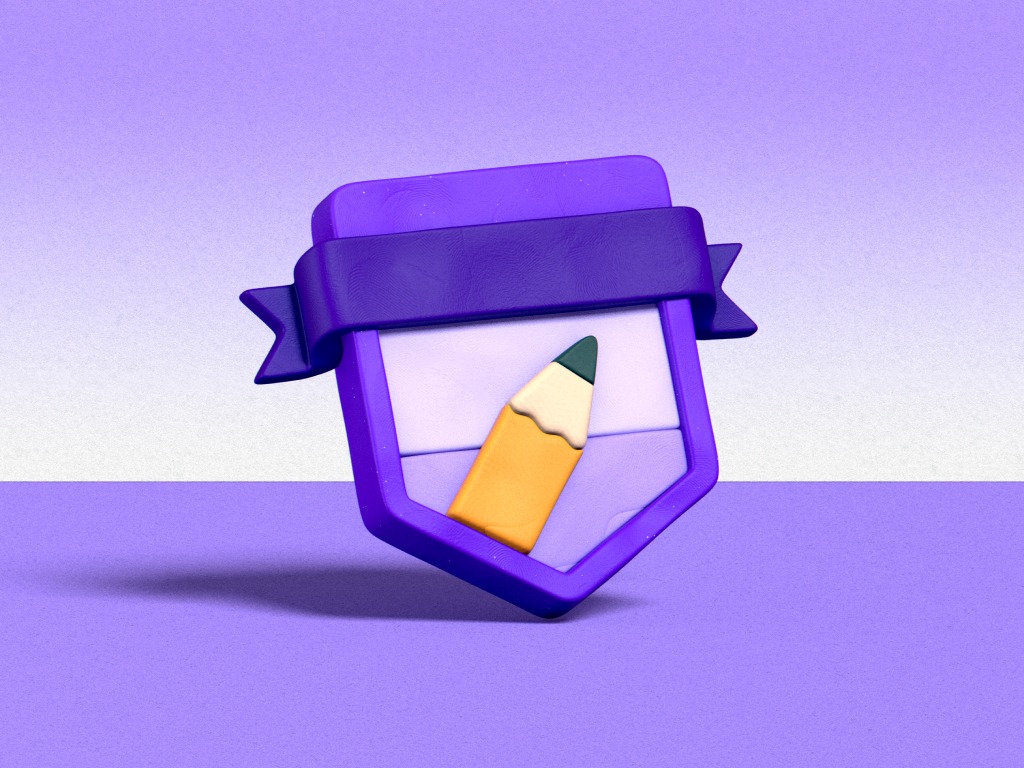

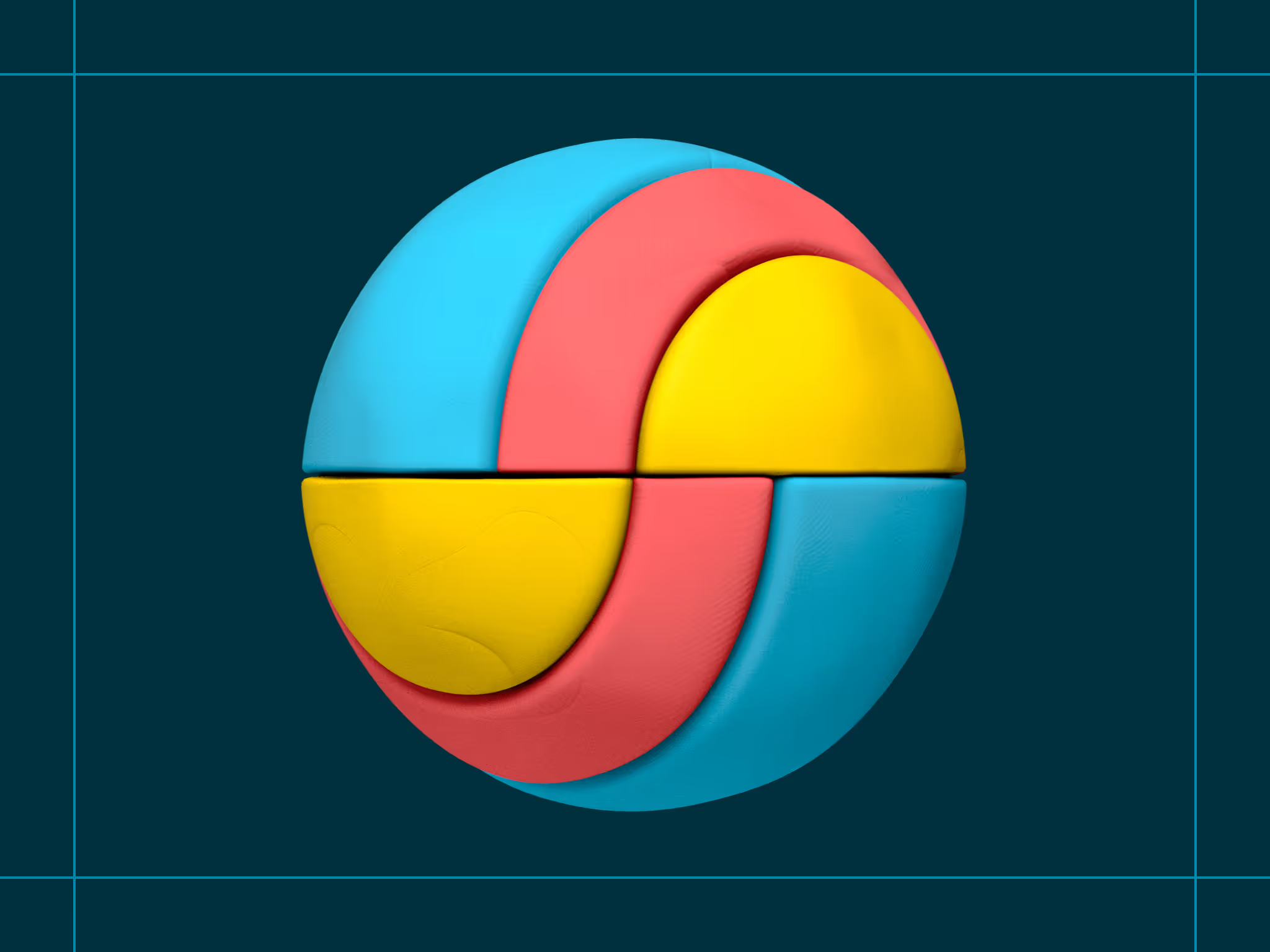
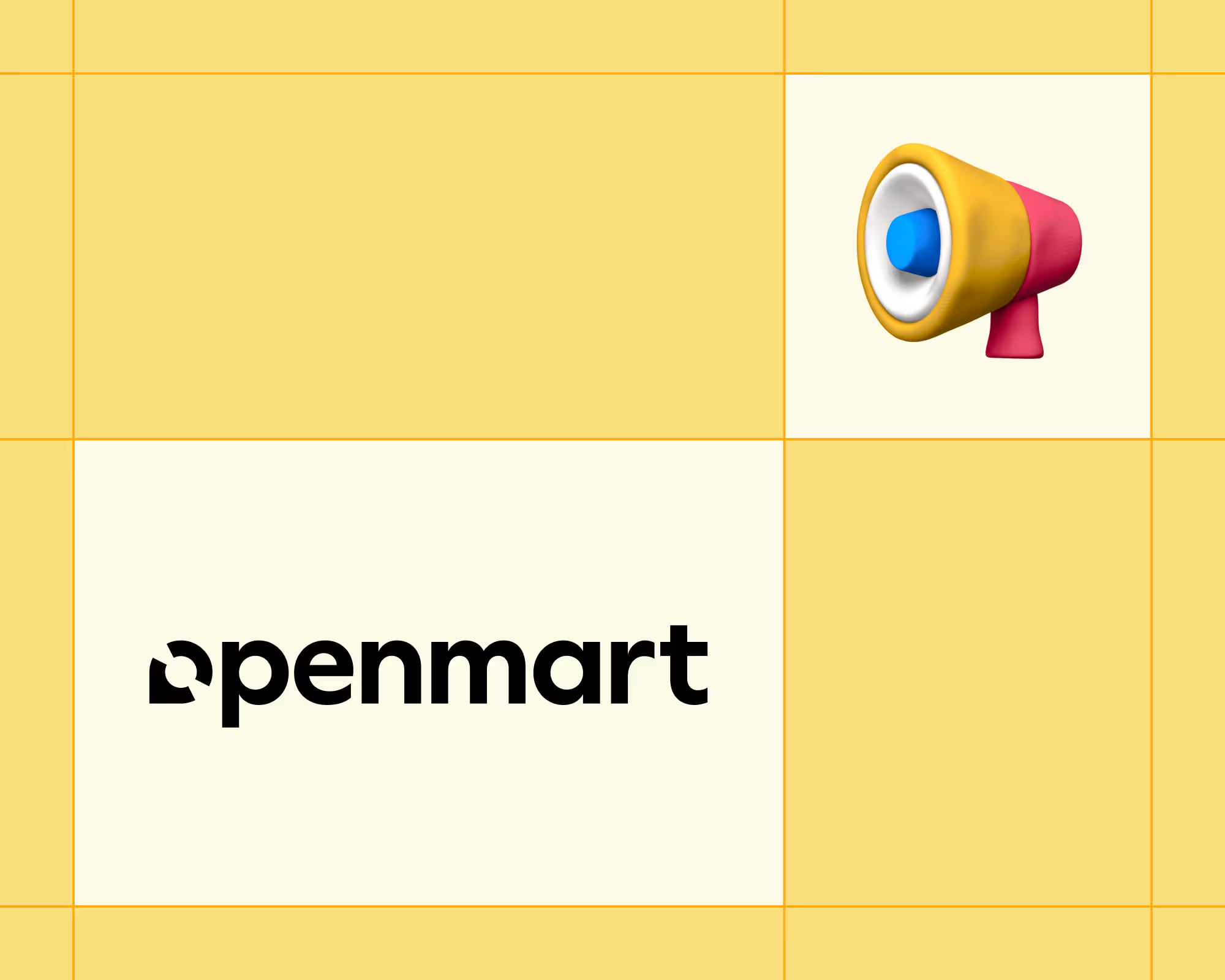
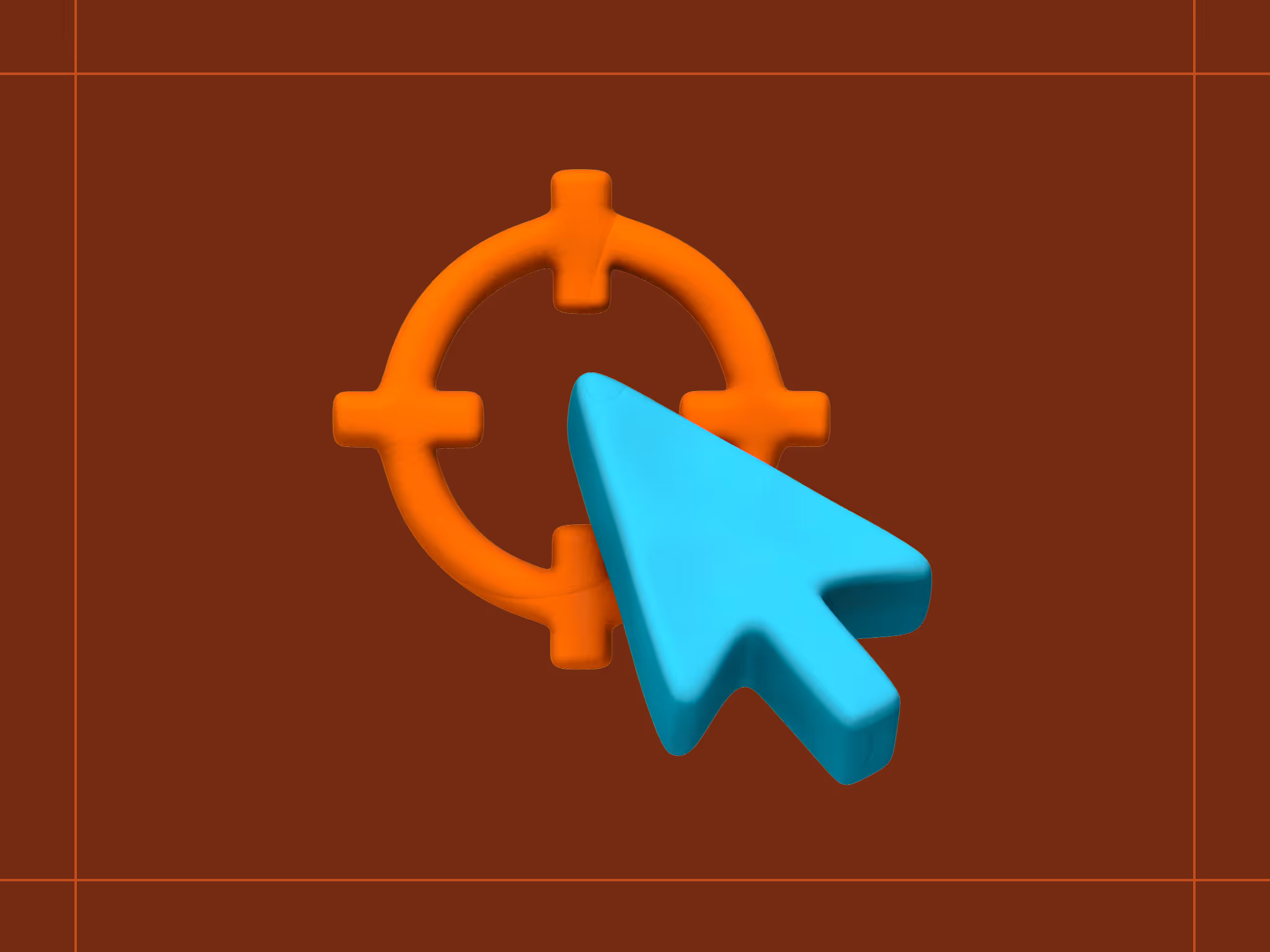
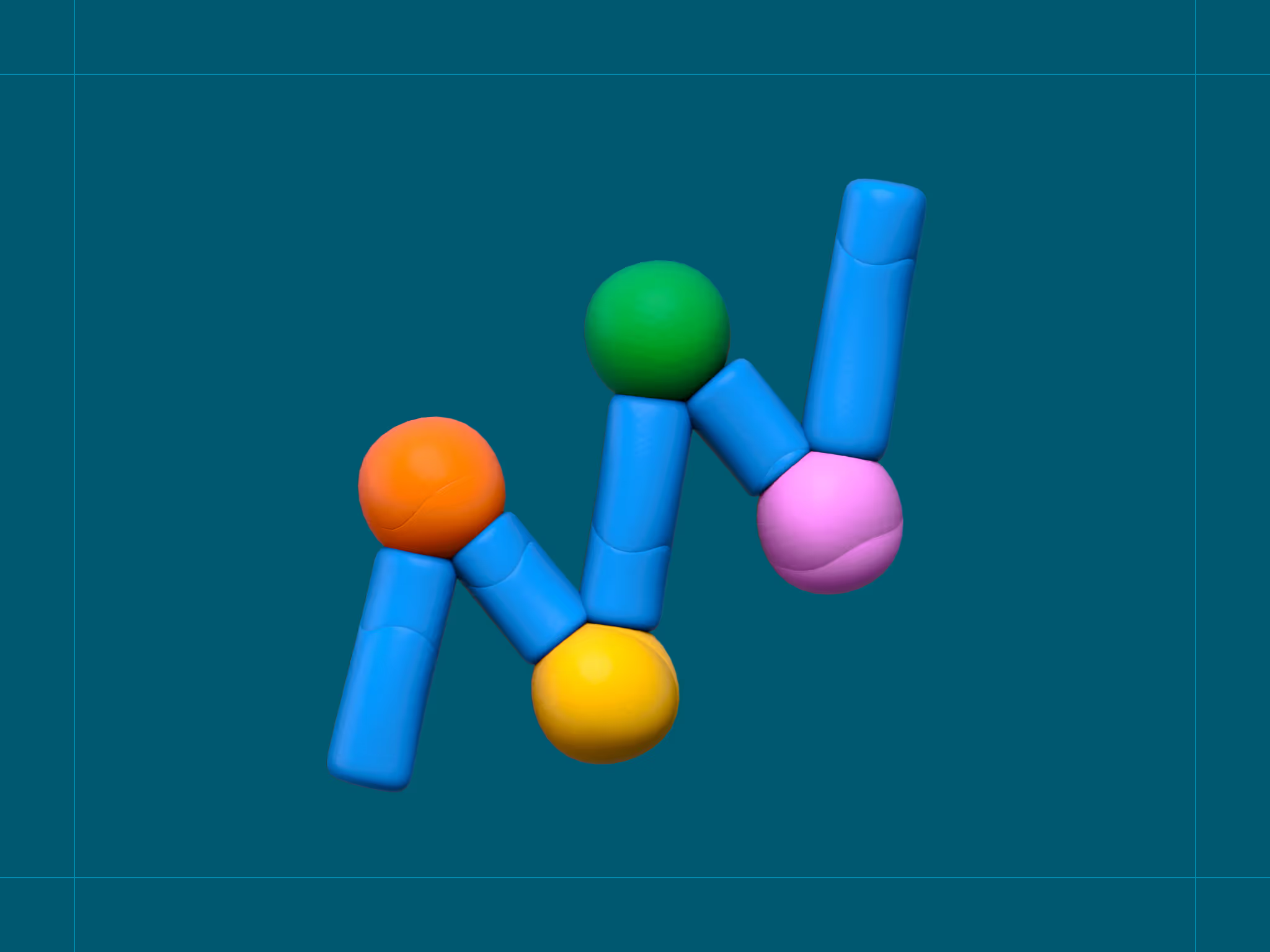
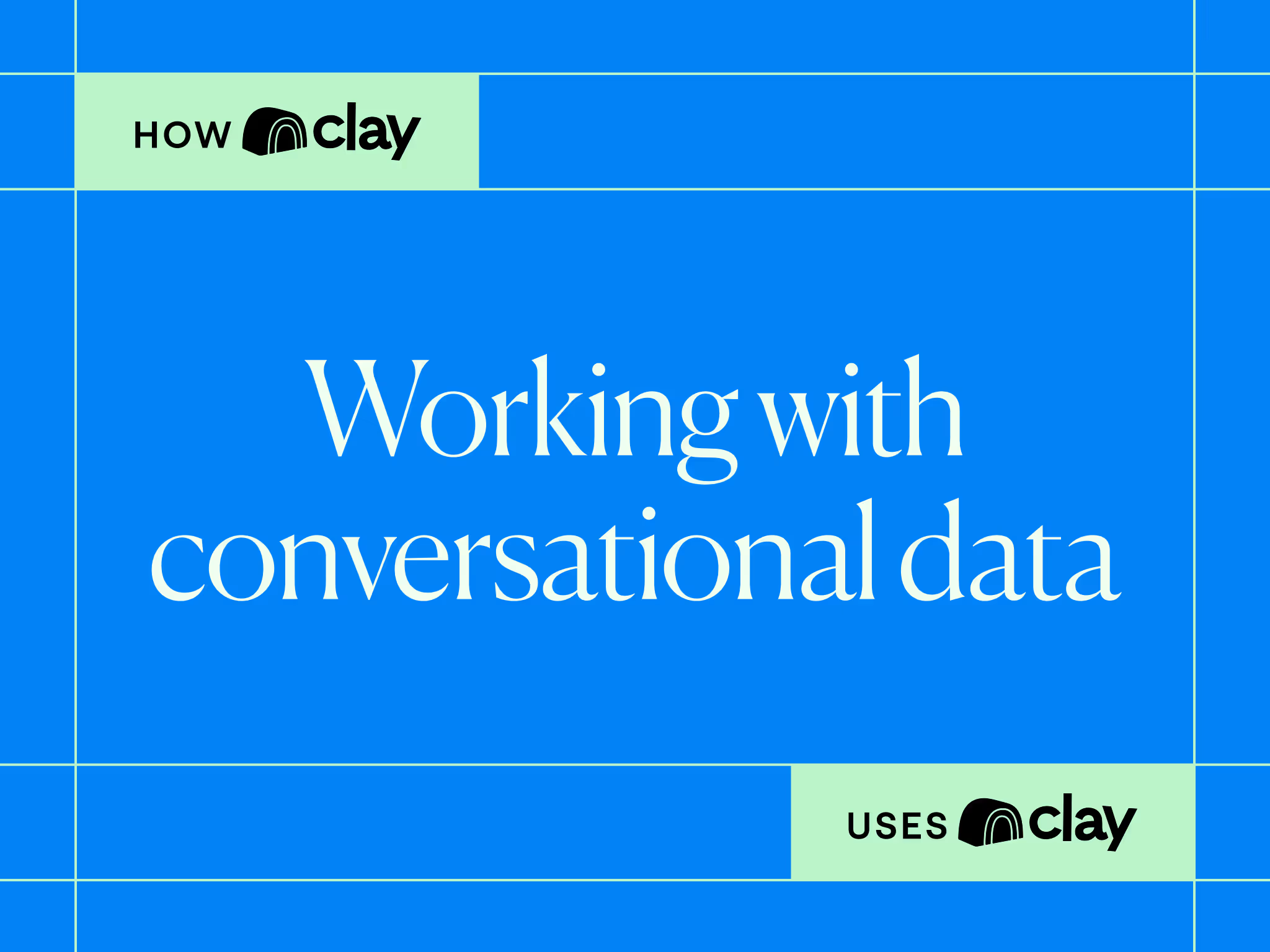
.avif)

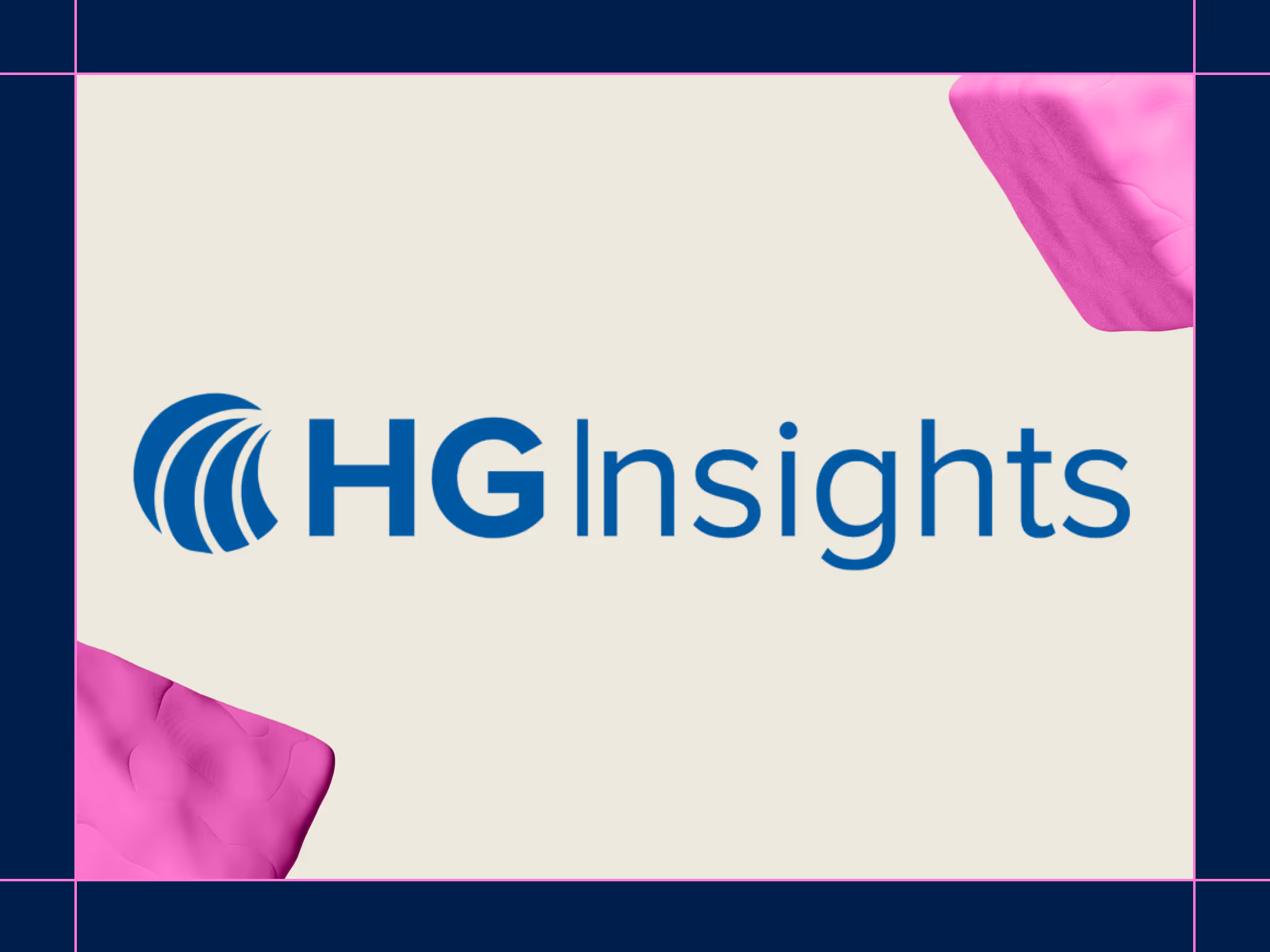


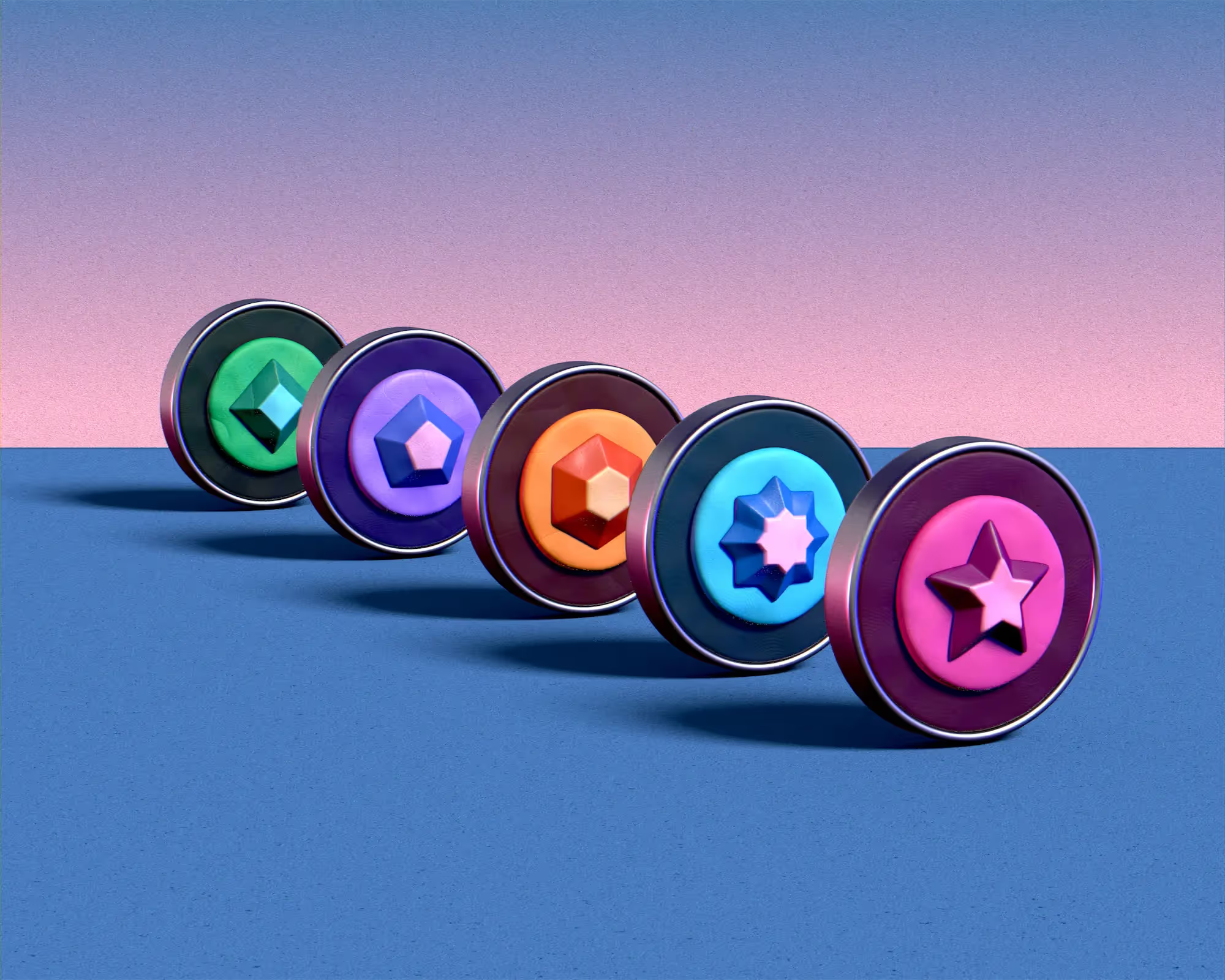
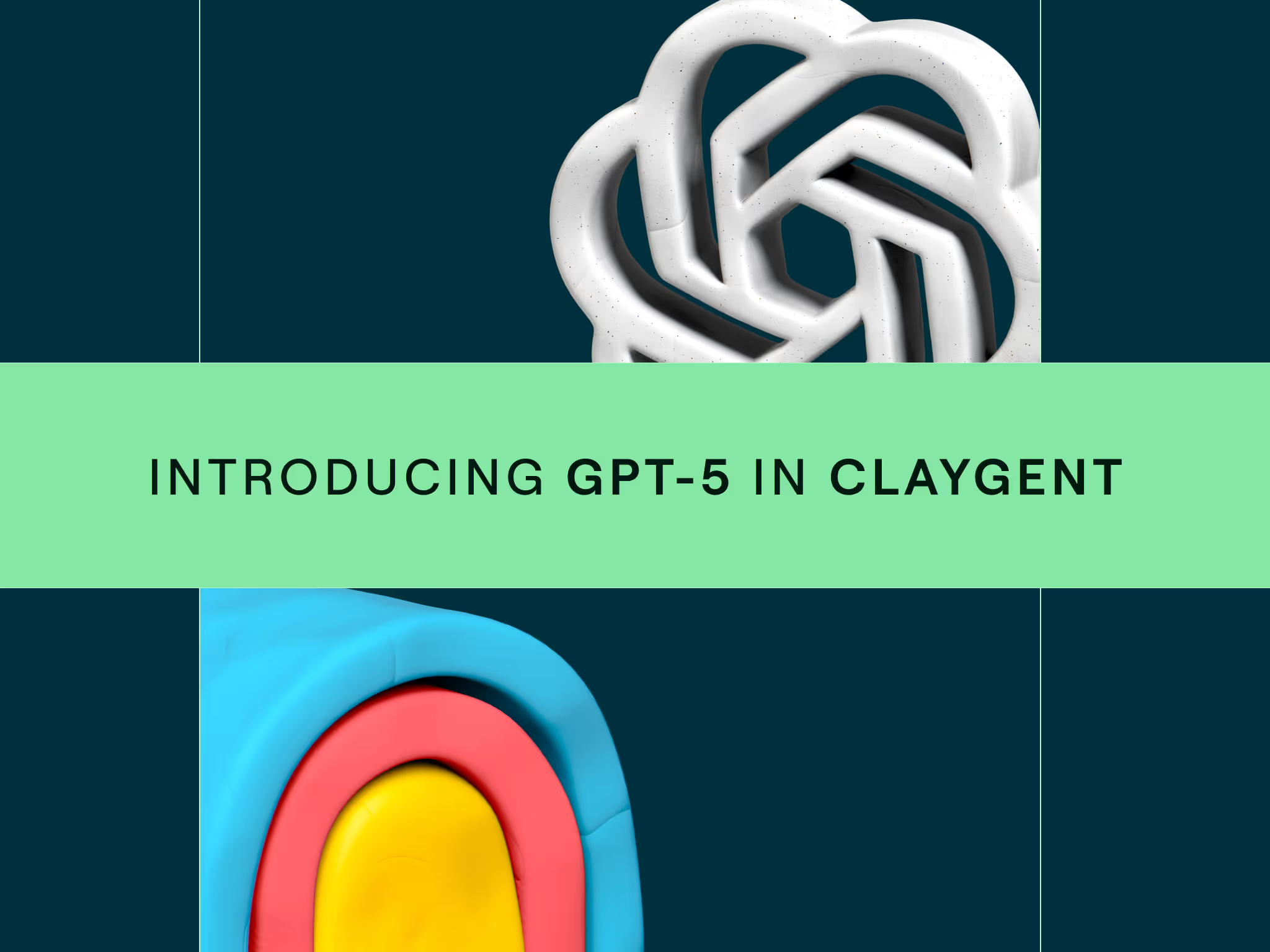
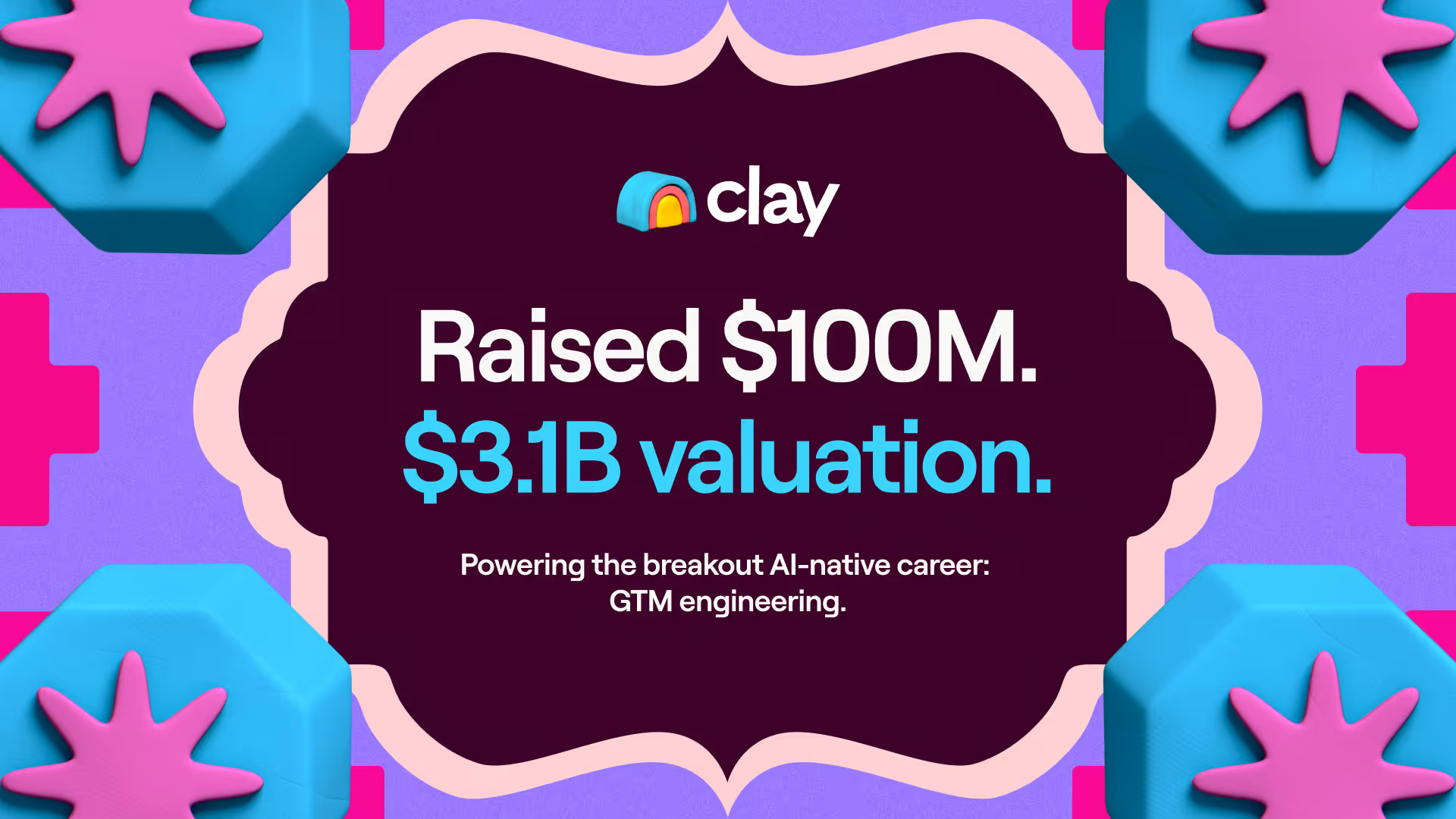
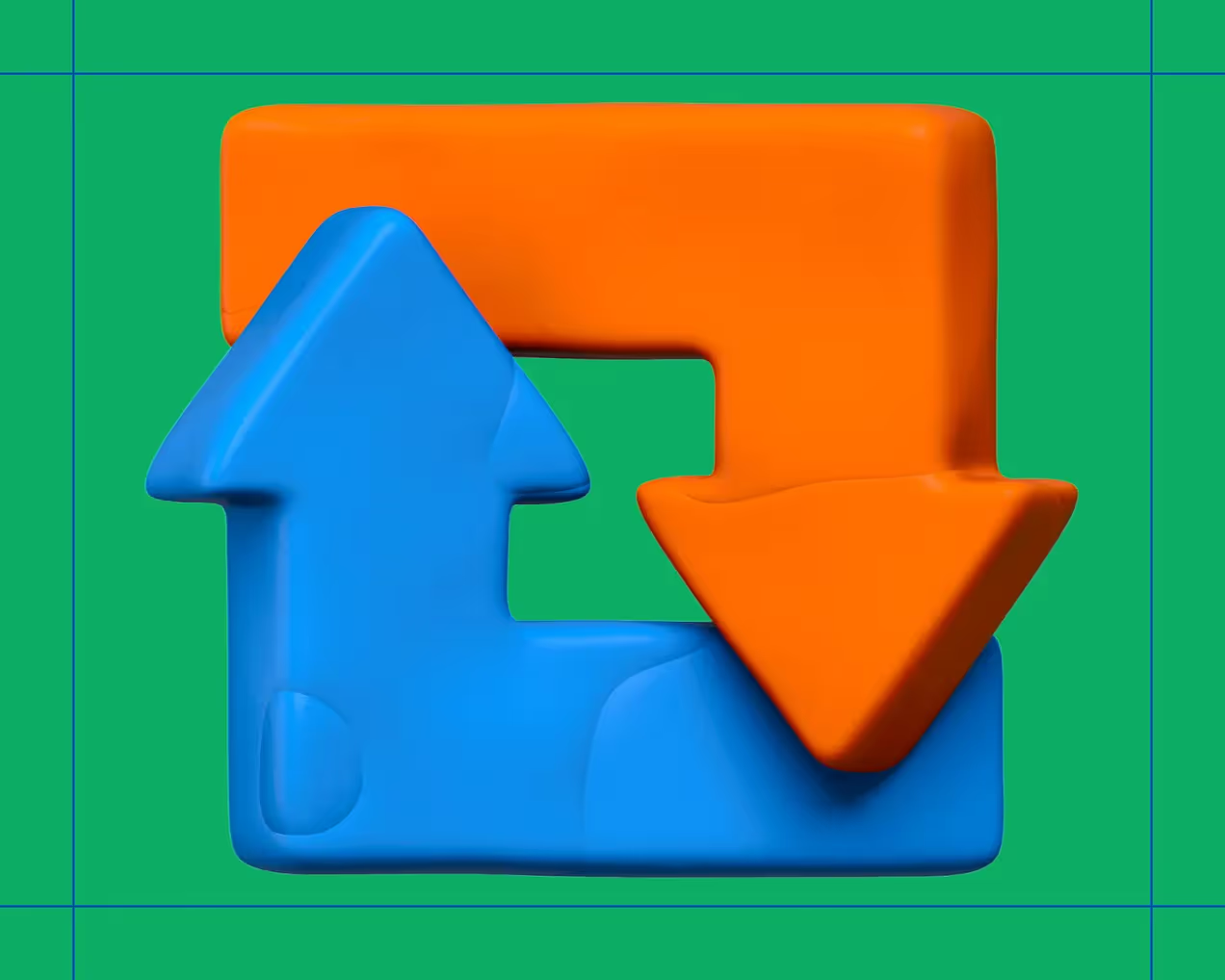



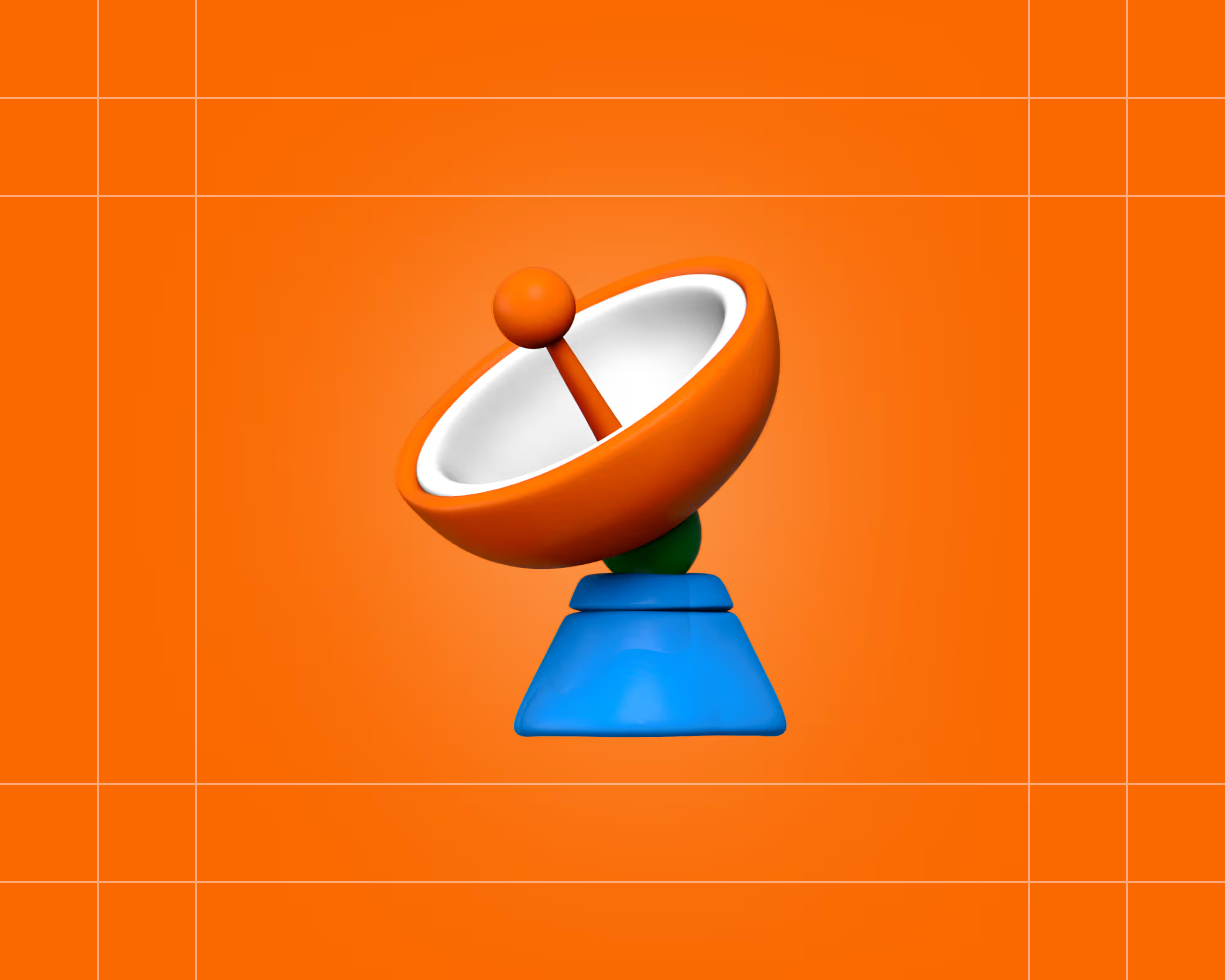

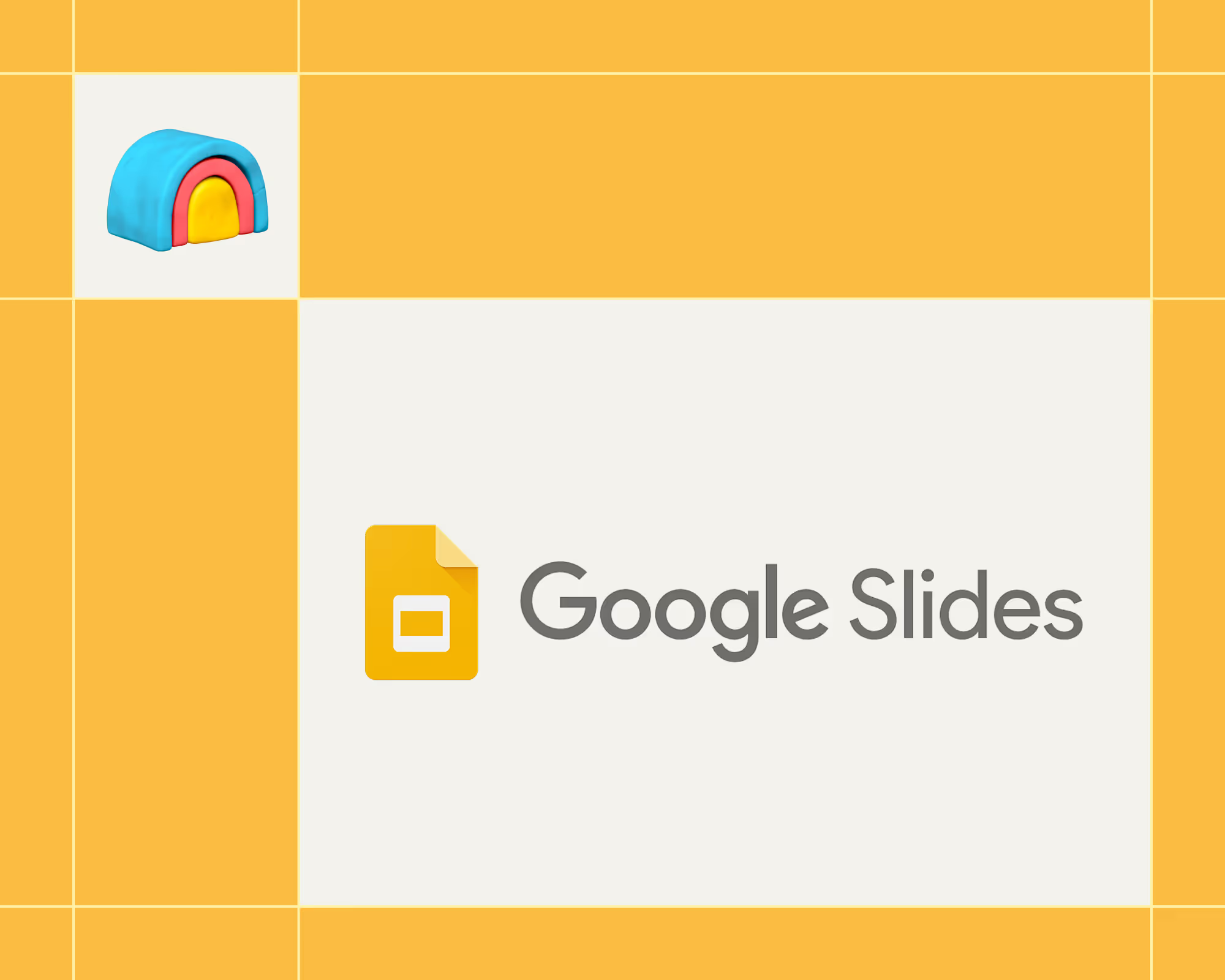
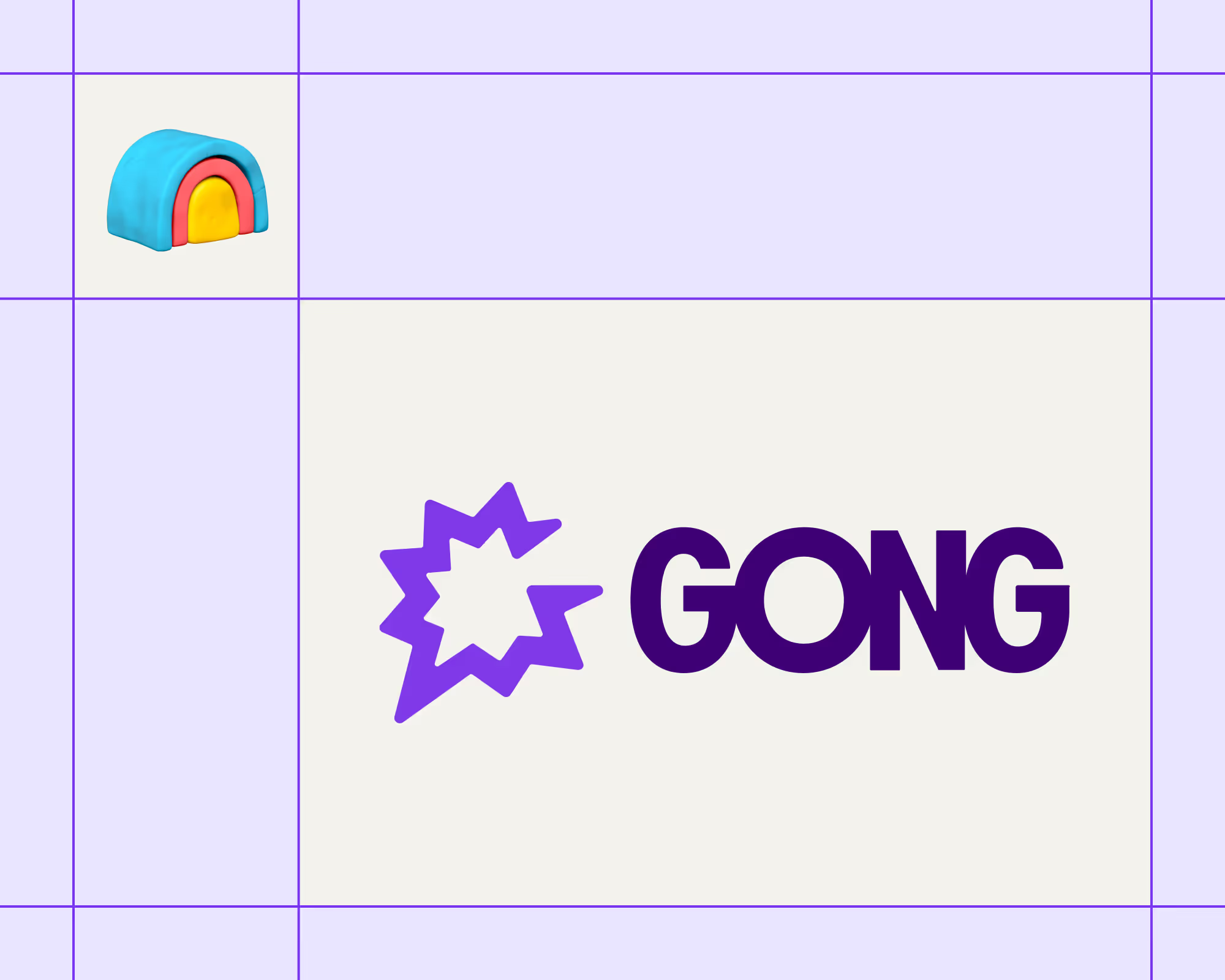

.avif)











.avif)
.avif)






















































